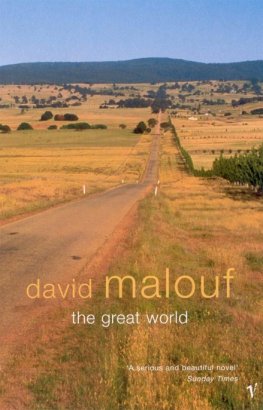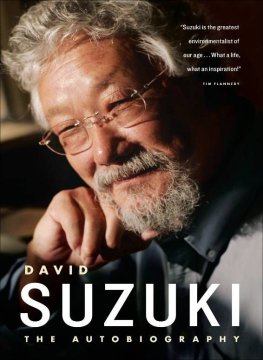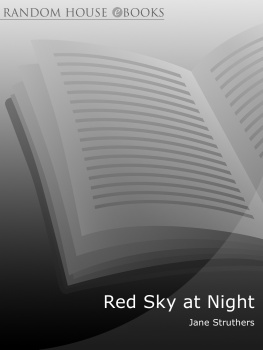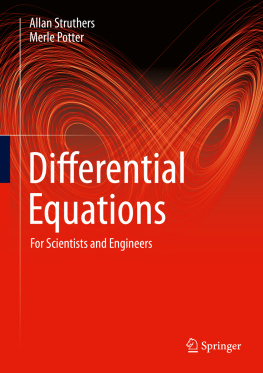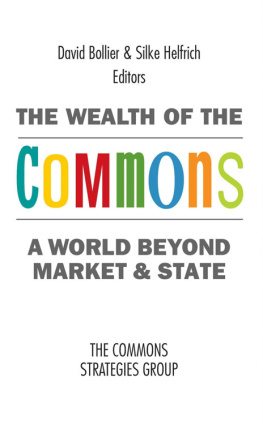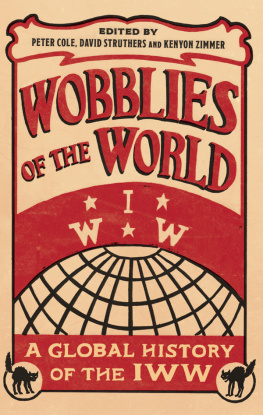THE WORLD IN A CITY
THE WORKING CLASS IN AMERICAN HISTORY
Editorial Advisors
James R. Barrett, Julie Greene, William P. Jones,
Alice Kessler-Harris, and Nelson Lichtenstein
A list of books in the series appears at the end of this book.
THE
WORLD
IN A CITY
MULTIETHNIC RADICALISM
IN EARLY
TWENTIETH-CENTURY
LOS ANGELES
DAVID M. STRUTHERS
2019 by the Board of Trustees
of the University of Illinois
All rights reserved
Library of Congress Cataloging-in-Publication Data
Names: Struthers, David M., author.
Title: The world in a city : multiethnic radicalism in early twentieth-century Los Angeles / David M. Struthers.
Description: Urbana : University of Illinois Press, 2019. | Series: Working class in American history | Includes bibliographical references and index.
Identifiers: LCCN 2018051851| ISBN 9780252042478 (hardback) | ISBN 9780252084256 (paperback)
Subjects: LCSH: Labor movementCaliforniaLos AngelesHistory20th century. | RadicalismCaliforniaLos AngelesHistory20th century. | Intercultural communicationCaliforniaLos AngelesHistory20th century. | Race relationsCaliforniaLos AngelesHistory20th century. | BISAC: SOCIAL SCIENCE / Ethnic Studies / General. | SOCIAL SCIENCE / Social Classes. | HISTORY / United States / State & Local / West (AK, CA, CO, HI, ID, MT, NV, UT, WY).
Classification: LCC HD8085.L73 S77 2019 | DDC 331.8809794/9409041dc23
LC record available at https://lccn.loc.gov/2018051851
E-book ISBN 978-0-252-05131-9
Cover images: Postcard of Los Angeles at
Temple and Broadway, 1907 (Pacific Electric
Railway Historical Society, peryhs.org).
Fist image (paramouse/Shutterstock.com)
To Freya with hope for a better world.
CONTENTS
ACKNOWLEDGMENTS
Over the years in the United States and Denmark that it took to bring this book into the world Ive incurred personal and scholarly debts. The community of scholars I get to see every other year at the European Social Science History Conference (and more often through mediated connections) is truly remarkable and has helped me develop my ideas. They include Bert Altena, Constance Bantman, Raymond Craib, Tom Goyens, Steven Hirsch, Ruth Kinna, Geoffroy de Laforcade, Carl Levy, Kirwin Shaffer, and Lucien van der Walt. Barry Pateman was incredibly helpful in my early research. Devra Weber helped put me on the path to becoming a historian and has continued to support me in this endeavor ever since. It is not a short journey. Peter Cole and Kenyon Zimmer were ideal coeditors on a different project that helped refine my thinking about the global and internationalism. Kenyon Zimmer deserves special note for generously sharing sources and suggestions since we were graduate students in Pittsburgh. Christina Heatherton also shared important files from Leavenworth Penitentiary. Michele Presutto kindly shared his detailed research on Italian participation in the Baja raids. Kirwin Shaffer read the entire manuscript and provided suggestions and encouragement at a particularly important juncture. Cathryn Halverson also gave me important feedback on a few early chapter drafts. Martyn Bone, Nanna Hansen, and Christa Vogelius have all lent support, assistance, and friendship in Copenhagen. Laurie Matheson welcomed me to University of Illinois Press, and then James Engelhardt brought my book through the review process with encouragement, responsiveness, and insightful criticism. The anonymous reviewers proved incredibly knowledgeable and committed to this project. Their extensive feedback was invaluable, went well beyond the call, and earned my sincere gratitude.
I thank my parents, also, for always believing in me, even when they probably shouldnt have, and Irina for her patience and support.
THE WORLD IN A CITY
INTRODUCTION
While Pedro Coria made his way in tramp fashion in empty freight cars on an organizing trip in 1913, his journey came to an abrupt end outside of San Luis Obispo, California, when a train severed his left foot. He endured two painful surgeries and convalescence, while his comrades took up a collection for an artificial limb through the pages of Regeneracin , the newspaper of the anarchist Partido Liberal Mexicano (PLM). Coria went into hiding before escaping to Mexico, where he continued agitating and organizing.
Pedro Coria maintained lifelong connections to the IWW and anarchist movement. In 1946 he penned a letter of greeting to the twenty-fifth IWW convention from Morelia, Michoacn, which read in part: Some day [we] will do away with the boundary lines made by the exploiting class for their own benefit, until then [we] will never forget. connections to some of the most difficult events in early-twentieth-century labor and radical history.
Friendships and the efforts of grassroots organizers like Coria created a broad community of solidarity that held the IWW and PLM together, two of the most active radical organizations in Los Angeles and throughout the region into Mexico. Affinities and solidarities energized the radical movement in Los Angeles and the networksregional and transnationalcultivated by migrants and organizers. Participants forged alliances to advance antinational and international class-based revolutionary goals, and these social connections, coupled with their ideals, sustained activism and engendered some of the broadest examples of multiracial cooperation in U.S. history. Radical organizing gave form to a culture of affinity that spanned formal activism, personal friendships, and space in Los Angeles and connected far-reaching global solidarities during the early twentieth century. Connecting the seemingly disconnected yet myriad moments of struggle brings new understanding to Los Angeles, one of the most diverse cities on the planet.
In 1946, the same year Pedro Coria penned his letter to the IWW convention, Carey McWilliams set the agenda for studying Los Angeles when he argued that the city was a racial and cultural rectangle: White, Negro, Mexican, and Oriental.
Recently, Scott Kurashige looked back to McWilliams by examining triangular race relations between African Americans, Japanese Americans, and whites in early-twentieth-century Los Angeles. In the early twentieth century, nonwhite majorities formed in many neighborhoods, worksites, and radical organizing spaces, prefiguring contemporary multiracial community formations.
Community formation in Los Angeles occurred through staggering population growth and economic development throughout the early twentieth century, a period of mass migration that challenged existing constructions of race, ethnicity, and nation throughout the Americas. Los Angeless position as a confluence of immigration streams across the Atlantic and Pacific during this era of increasing global ties funneled racially and ethnically diverse migrants to the region. Residents interacted at work and on their neighborhood street corners, in shops, bars, pool halls, and meeting spaces. Similarly diverse mobile workers then extended the reach of Los Angeless urban community. Migratory workers created social connections at the varied sites of their laborers, along the path of their travels, and in communities often hundreds of miles away from jobsites as they moved through the networks they, and workers like them, built for commodities. Racial diversity and mobility opened possibilities for labor and radical organizing.





